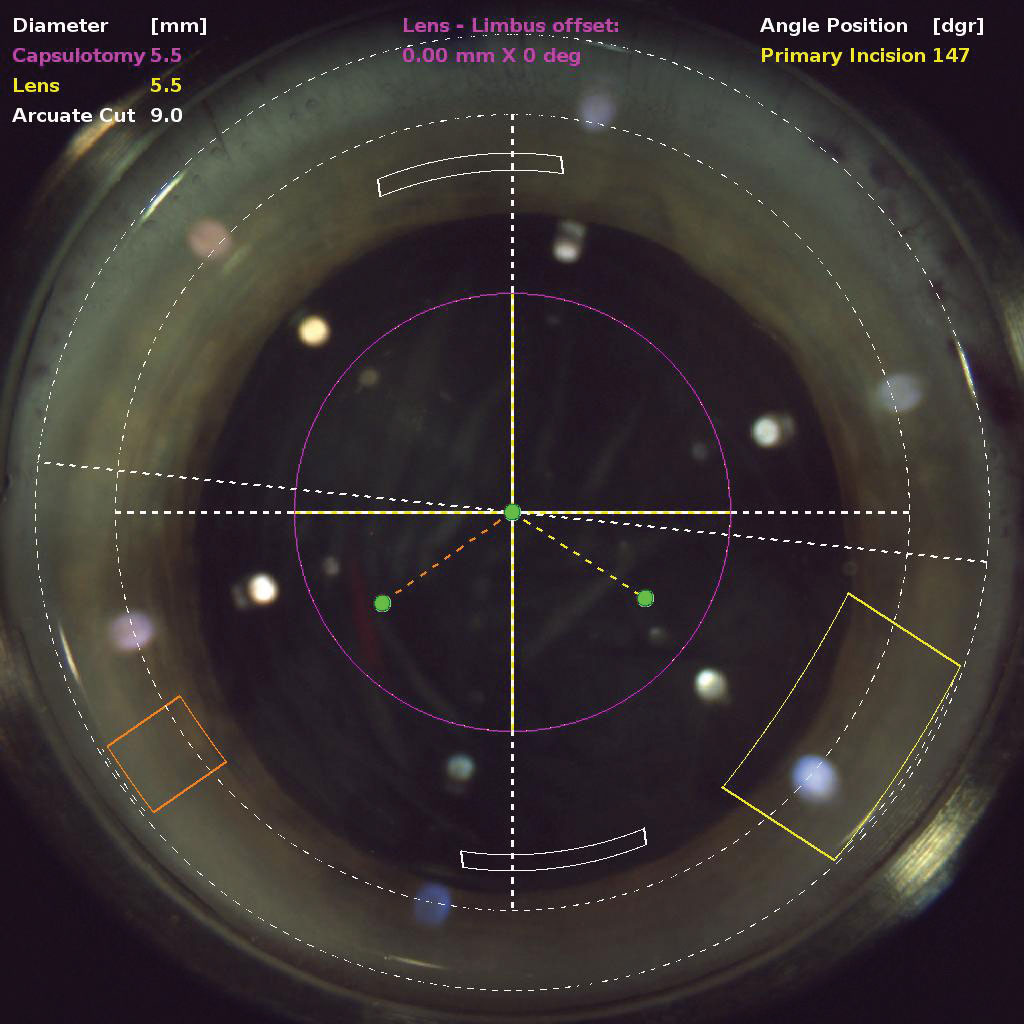 |
Be aware of the possibility of retinal thinning post-FLACS. Photo: Justin Schweitzer, OD. Click image to enlarge. |
Few studies have been conducted reporting the effect of femtosecond laser-assisted cataract surgery (FLACS) on the posterior segment, and they have shown differing results. Between the surgery growing in popularity and the safety concerns it brings for the optic nerve, authors recently aimed to compare changes in the peripapillary retinal nerve fiber layer (pRNFL) after FLACS and conventional phacoemulsification cataract surgery.
A total of 261 patients with age-related cataract and no other ocular diseases scheduled either for FLACS (222 eyes) or conventional phaco (39 eyes) were included. Average and quadrant pRNFL thicknesses were measured using OCT before surgery and at one, three and six months postoperatively. Postoperative changes in pRNFL thickness were compared within and between groups.
The rate of clinically significant thinning six months postoperatively was higher in the FLACS group (17.5%) than in the phaco group (5.1%), but there were no significant differences between the groups for any of the quadrants or for average pRNFL. This may be due to the insufficiency of the statistical power to reveal differences between the groups due to the small phaco group size, the researchers suggested in their paper.
FLACS eyes demonstrated a stable decrease of average pRNFL thickness throughout and a gradual decrease in pRNFL thickness up to six months in all quadrants except the temporal quadrant where the decrease stabilized after three months. “This indicates that pRNFL thinning completes first in the temporal quadrant,” the authors wrote. “The consistent decrease in pRNFL thickness in all quadrants and in the average pRNFL of FLACS eyes suggests that pRNFL thinning may occur after surgery.”
Although no relationship was found between vacuum time and decline in pRNFL thickness, the authors aren’t ruling out the possibility that an increase in IOP during docking of the femto laser may be the primary factor influencing pRNFL thinning.
Patient pRNFL status may be another factor. “Preoperative pRNFL thickness was associated with temporal quadrant thinning, corresponding to the location where pRNFL thinning was completed,” they noted. “This suggests that eyes with thinner pRNFL can be prone to structural damage in the temporal quadrant after FLACS, which can have important implications regarding the use of the surgery in glaucoma patients, with generally thinner pRNFL measurements.”
Geyer O, Ben-Shaul O, Lux C, et al. Effect of femtosecond laser cataract surgery on peripapillary retinal nerve fiber layer thickness. J Glaucoma. March 18, 2022. [Epub ahead of print]. |

